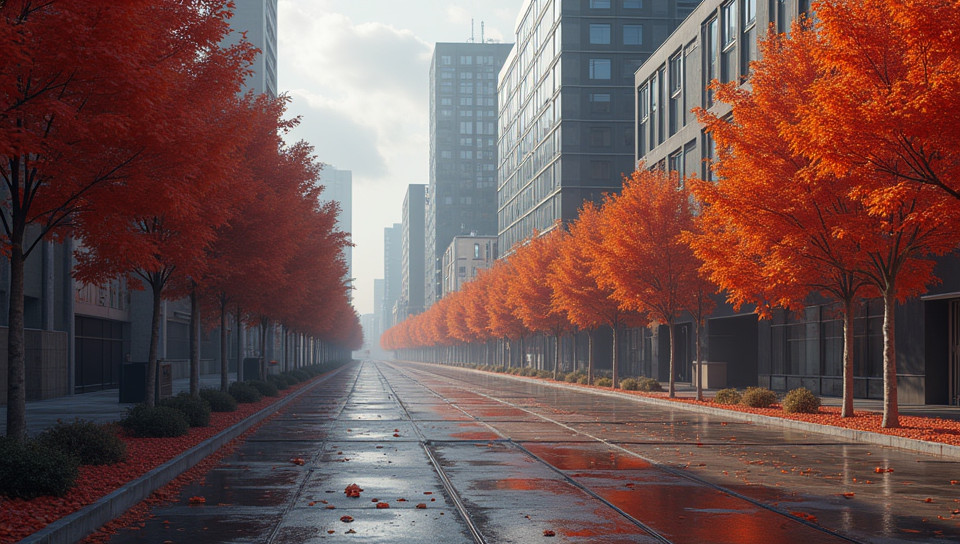Poor color choices can ruin the visual impact 77%

Poor Color Choices Can Ruin the Visual Impact
As designers, we spend hours perfecting every aspect of our creations, from typography to composition. However, one often-overlooked element can make or break the visual impact of a design: color. A well-chosen color palette can elevate a design and create an emotional connection with the audience, while a poor choice can confuse, annoy, or even alienate viewers.
The Psychology of Color
Colors evoke emotions and convey meaning in ways that are both subtle and profound. For example:
- Red is often associated with energy, passion, and excitement.
- Blue is commonly linked to trust, loyalty, and calmness.
- Green represents growth, harmony, and balance.
Understanding the psychology behind color choices can help you make informed decisions about which hues to use in your designs.
Color Theory Basics
Before diving into color selection, it's essential to grasp some fundamental concepts:
Understanding Color Harmony
Color harmony refers to the way colors work together to create a visually appealing effect. There are several principles of color harmony, including:
- Monochromatic: using different shades of the same color.
- Complementary: pairing colors that are opposite each other on the color wheel (e.g., blue and orange).
- Analogous: selecting colors that are next to each other on the color wheel.
Common Color Mistakes
Avoid these common pitfalls when choosing colors for your designs:
- Ignoring accessibility: ensure that your design is readable by people with visual impairments.
- Failing to consider cultural associations: be aware of how different cultures perceive and react to various colors.
- Overusing neon colors: too much brightness can be overwhelming and unpleasant.
Effective Color Selection
To create a visually appealing color scheme, follow these best practices:
- Start with a clear understanding of your design's purpose and target audience.
- Experiment with different color combinations to find the perfect balance.
- Consider using color gradients or textures to add depth and interest.
Conclusion
Poor color choices can indeed ruin the visual impact of a design. By understanding the psychology behind colors, grasping color theory basics, avoiding common mistakes, and selecting effective colors, you'll be well on your way to creating designs that captivate and engage your audience. Remember, color is a powerful tool in the designer's arsenal – use it wisely!
- Created by: Yìhán Guō
- Created at: Feb. 24, 2025, 4:56 p.m.
- ID: 21579





